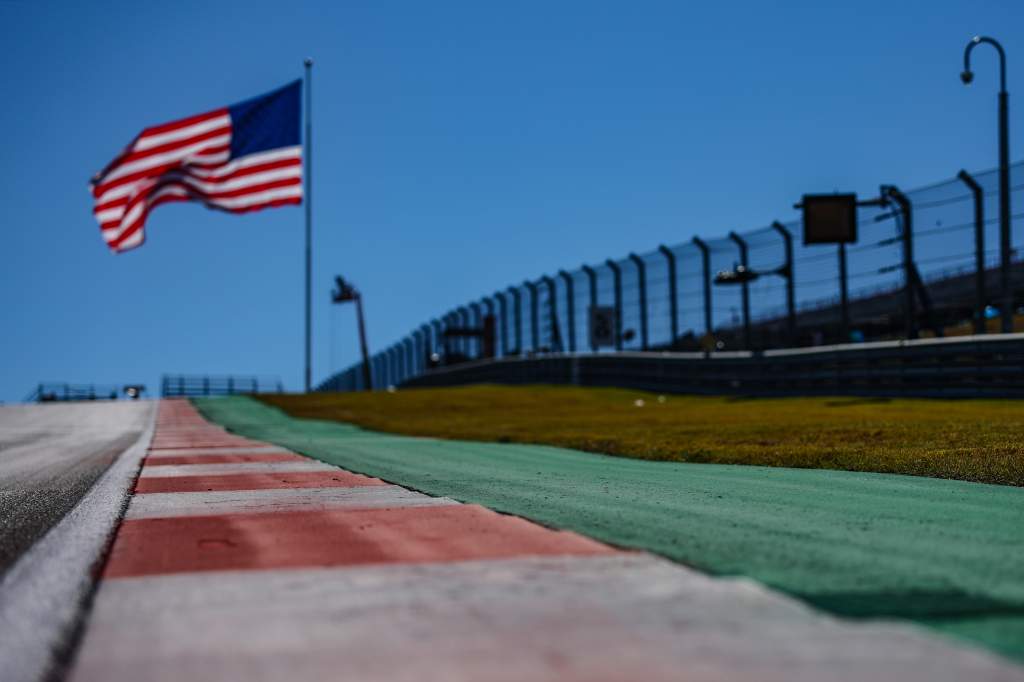Up Next

When Daniel Ricciardo rode through the Circuit of the Americas paddock on horseback, head-to-toe in cowboy garb, Formula 1 had the perfect symbol to herald the Austin weekend beginning.
Gimmicky though it may be, it is what media day is for. And Austin’s gimmicks usually feel just that bit less contrived than some others that F1 races are guilty – particularly with the arrival of Miami on the calendar, and a Las Vegas race in 2023 that will lay things on thick.

With Miami and Vegas, F1 steers into the hyperbole. Everything is big, bold, brash and brilliant. There is a place for that and it’s good for F1 to have a variety of races with different attitudes and approaches. It keeps the calendar diverse. But in Miami, it probably went too far as the on-track show didn’t live up to the off-track hype (it never could) and Las Vegas might be even worse for that.
As an event, certainly, in terms of scale, Miami was second-to-none. And it’s clear what the intention is with these newer US races, as a fairly recent press release about Vegas made a reference to it setting new standards for F1 races, called it the most anticipated grand prix in motorsports history, and said it will cement the Las Vegas Grand Prix “as the standout event on the sport’s global calendar in 2023 and beyond”.
But grands prix are about more than just the surrounding spectacle. Next year, Austin will be one of three F1 races in the USA and the United States Grand Prix’s place on the calendar must not be overlooked. This weekend should serve as an important reminder of its value and how it should be celebrated as the most authentic of the American events.
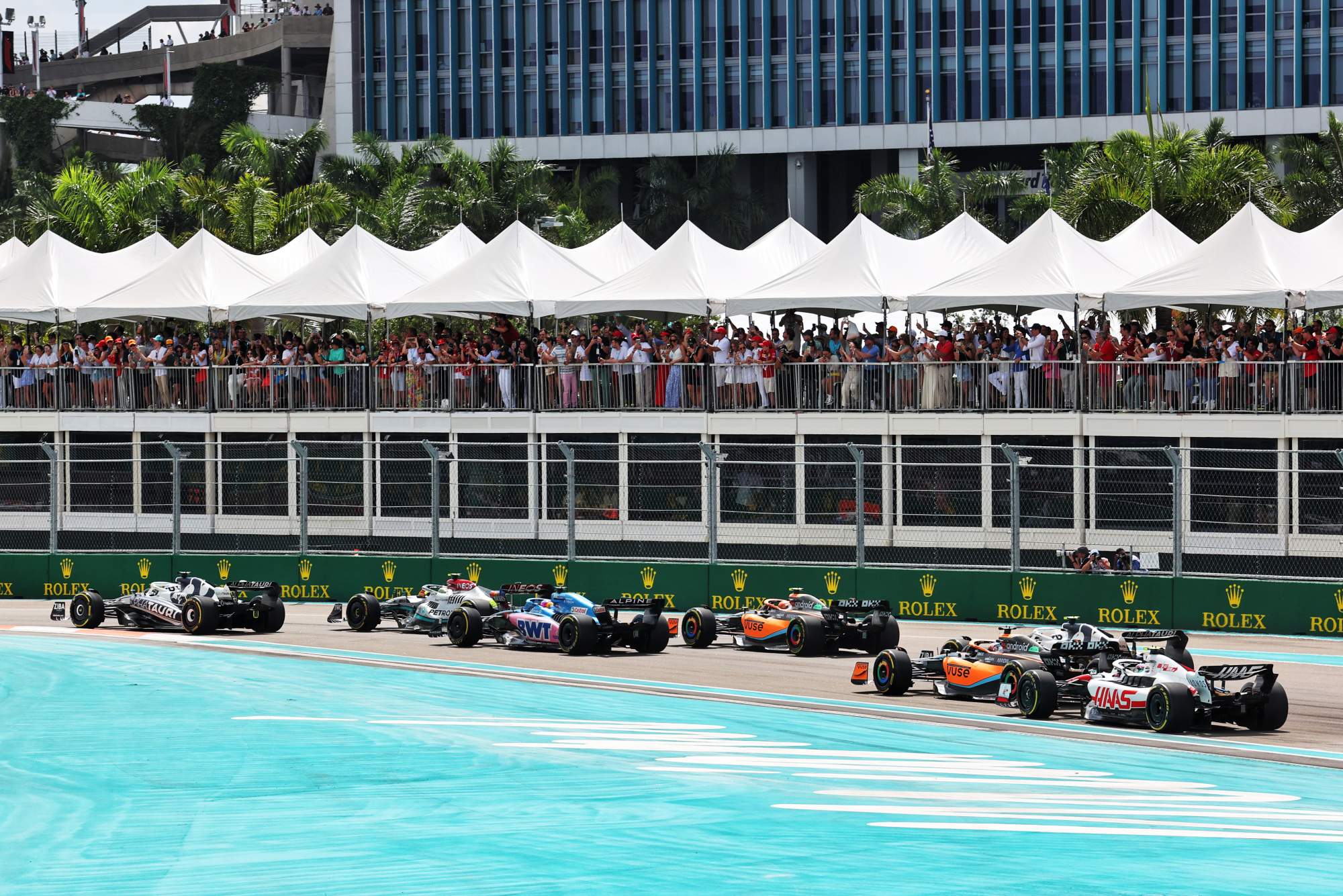
“I don’t think we should take it for granted,” says COTA boss Bobby Epstein.
“And I don’t think we do because we had some rough years where we had trouble paying our bill to F1.
“It took some time to regain their confidence and trust in us which we hope we do and build on every year.
“So, there’s no certainty that it’ll be here forever but if we keep making it a great event like we are and the fans keep responding the way they do.
“I hope they really look at this as a real home for the US Grand Prix.”
As Ricciardo’s grand appearance on Thursday showed, there’s an element of bombast to the US Grand Prix. Undeniably. But what it does embraces a Texan identity, even if it’s one that Austinites may well think plays to a strange stereotype. Epstein says the race is “genuine” in all it does.
“One of the reasons we built this circuit here was because we live in a very welcoming community, with wonderful people that are part of making the event experience what it is,” he says.
“I really think that the people in Texas are friendly and appreciative of what they have. And they have a good way of showing that.
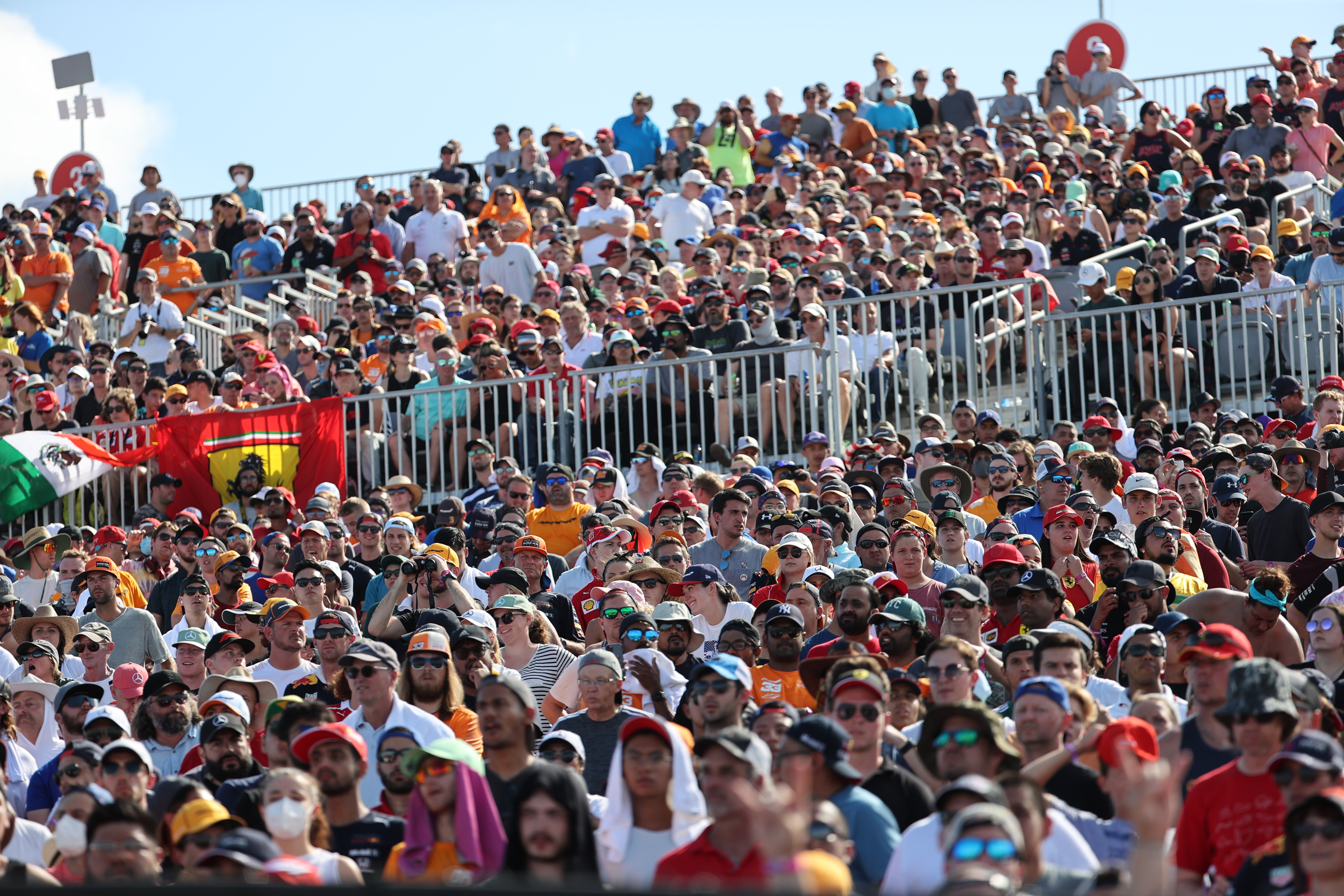
“It’s fair to say we don’t have a lot of other high-profile events to compete with. And so I think when F1 fans come here and when the teams come here, they’re really embraced by the city.
“It’s still small enough that when that F1 comes, the whole town knows it.”
In addition to the local culture that dominates the promotional antics around the race, and the trackside experience, COTA brings a lot from a sporting perspective too.
The track is fantastic, a good challenge for the drivers that lends itself well to good racing. It’s also fascinating from a spectator’s point of view because COTA’s a rare track where a single viewing point offers sight of several corners.
One of the most restrictive trackside experiences of a grand prix is that what you see can be severely limited. Avoiding that is what Epstein calls one of the track’s greatest strengths and helps COTA strike a balance being sport and spectacle that Miami got wrong and it looks like Las Vegas will too.
Epstein says this race is “unique in terms of the current line-up in the US” because, unlike Miami and Vegas, it is a purpose-built race track with a facility built specifically around that.
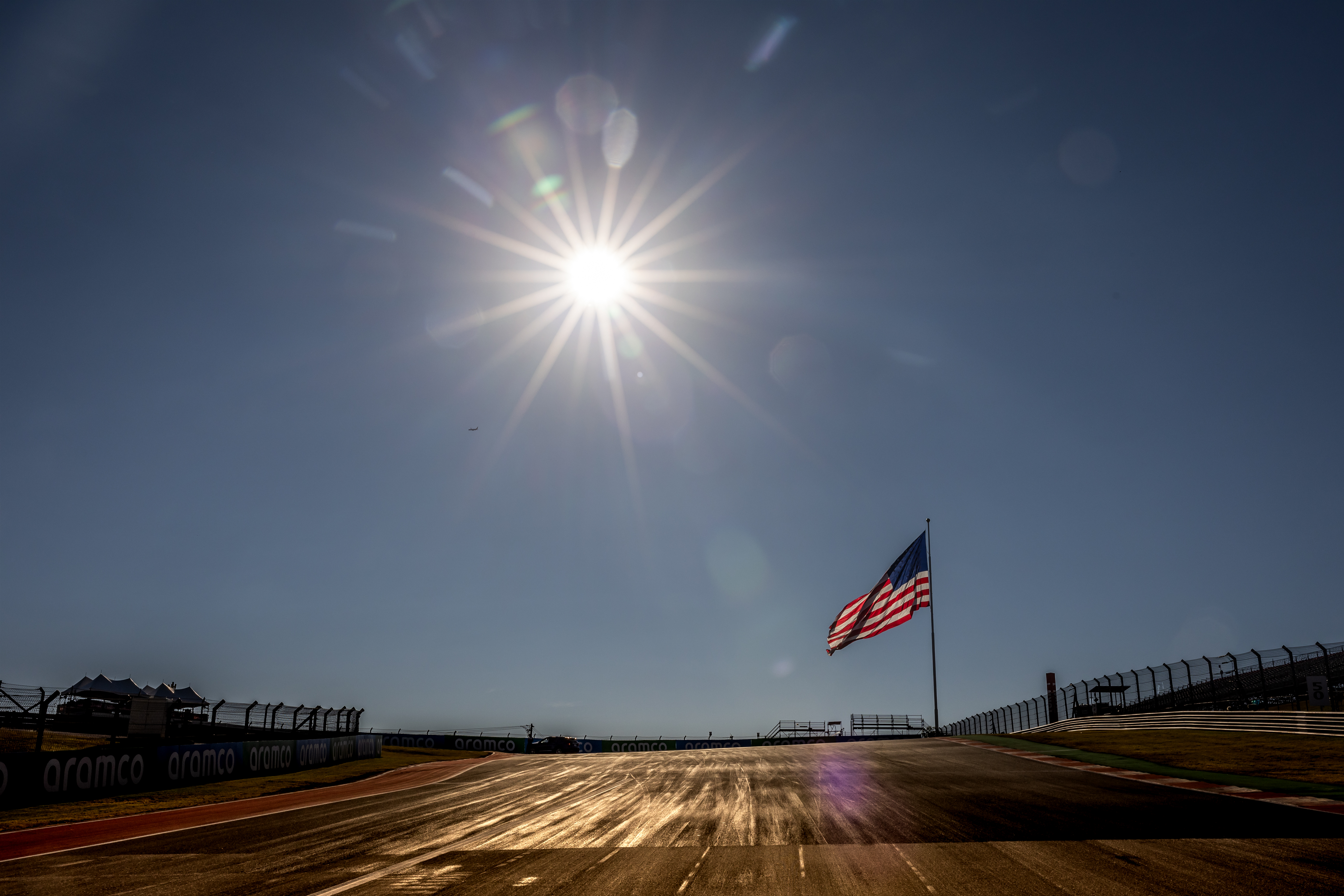
“It may not be [viewed as] a spectacle but I think it’s genuine,” says Epstein of his grand prix.
“I think Austin is genuine in both what it does from the on-track standpoint of providing a circuit that is challenging for the drivers and teams appreciated by the drivers and teams and gives the excitement that the fans want when they want good racing.
“So first, I think it starts there. And then I think we’re genuine in the fan experience, trying to make something accessible to all levels of ticket holders.
“And the fact that they have a unique position here because of the hills, I see the hills are something people should not underestimate the value of. The fact that you can stand in one place with a general admission ticket and see more than five turns from one vantage point. And from some seats, you can see eight or nine turns.
“That’s unique in the world of racing that people may not realise unless they’re a race fan. But it also lets the casual fan come and really be able to engage in the sport.”
More than 400,000 people are expected to hit COTA over the course of this weekend, and while such figures are always tricky to verify it is said to be F1’s biggest-ever attendance. The appeal is easy to see. Ricciardo, arguably the race’s biggest proponent, views it quite simply.
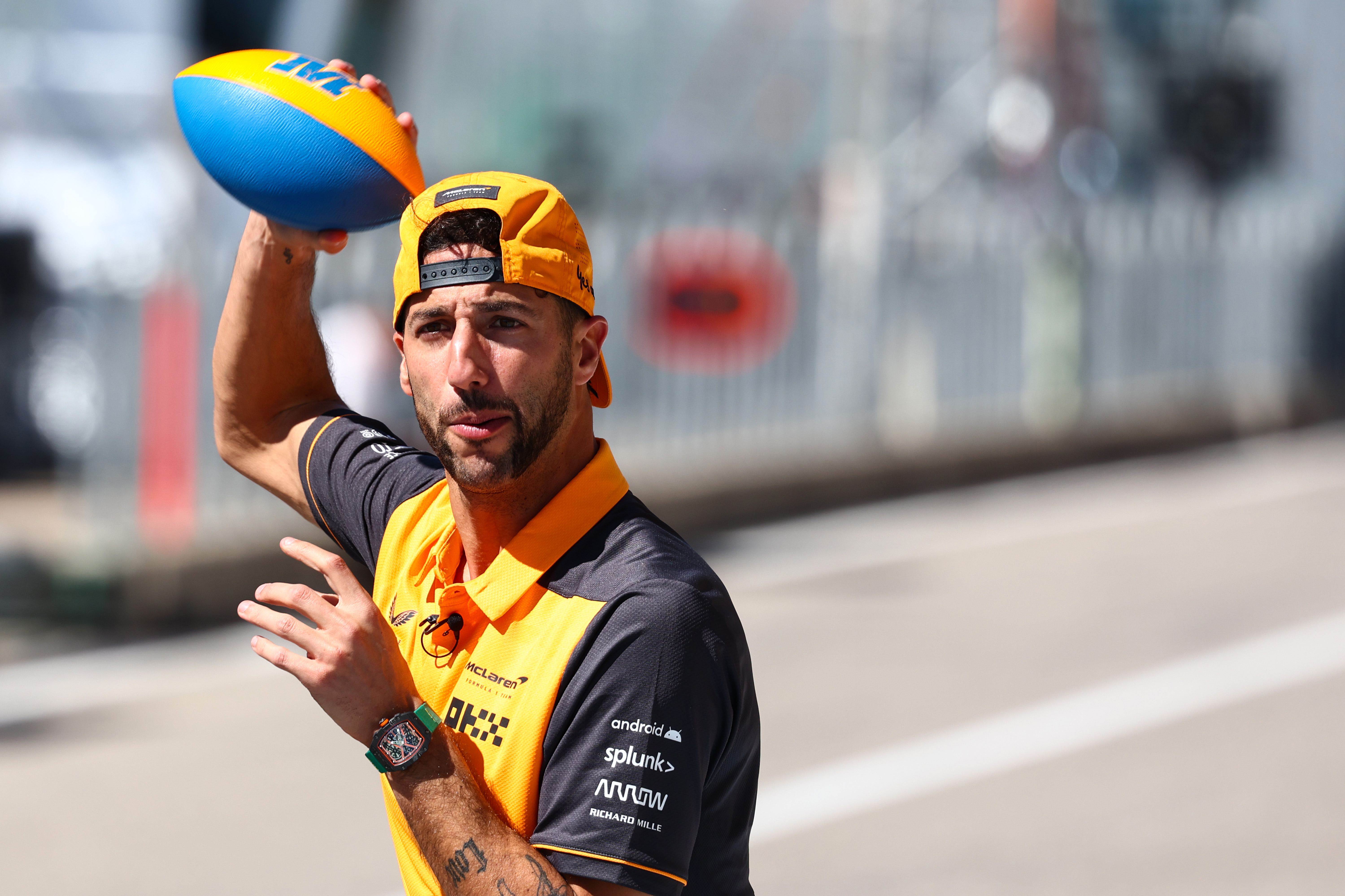
“I love what Austin and Texas represents,” he says. “Ranch life and boots and all that.
“Like, Miami is cool, but it’s more like common cool – it’s beaches, it’s nice restaurants, nice hotels.
“Texas is a bit more raw. You can’t find a honky tonk in every city you go. It’s just a little bit more unique. Certainly a little more underground, and I like that.”


